Home>Interior Design>How To Match Paint Already On A Wall: Learn The Secrets From The Experts
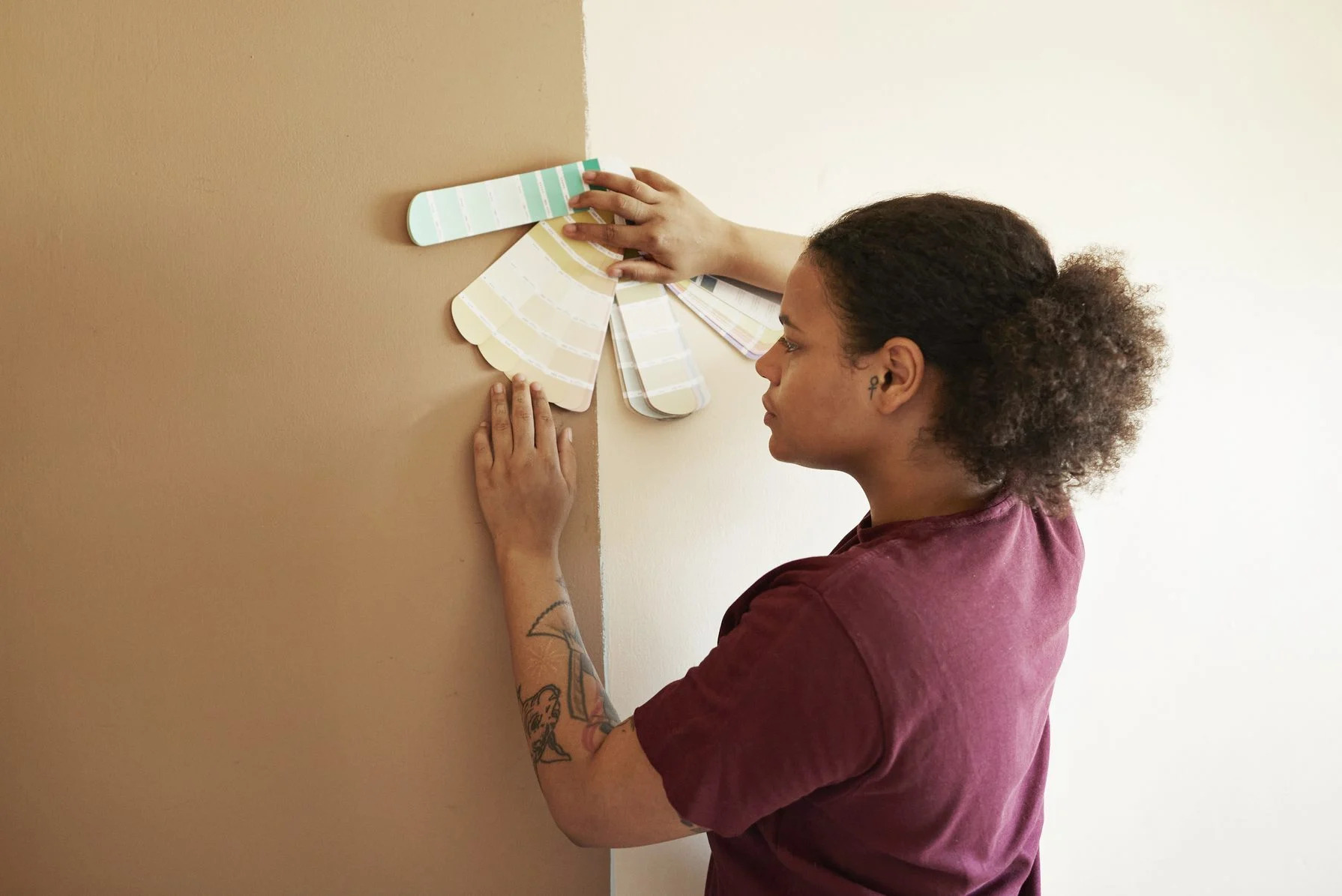

Interior Design
How To Match Paint Already On A Wall: Learn The Secrets From The Experts
Modified: February 23, 2024
Discover the secrets of matching paint already on a wall with expert tips in interior design. Learn how to perfectly blend colors for a flawless finish.
(Many of the links in this article redirect to a specific reviewed product. Your purchase of these products through affiliate links helps to generate commission for Storables.com, at no extra cost. Learn more)
Introduction
Welcome to the world of interior design, where paint colors play a crucial role in creating the perfect ambiance for your living space. Whether you’re renovating your home or simply refreshing a room, one of the biggest challenges you may encounter is matching paint to an existing color on your walls. Getting a seamless match requires careful observation, proper tools, and a keen eye for detail.
Matching paint colors is not just about aesthetics; it’s about ensuring consistency and continuity throughout your space. Failure to achieve a perfect match can result in noticeable patches or color discrepancies that can be visually jarring. However, with the right strategies and techniques, you can confidently tackle this task and achieve a flawless result.
In this article, we will reveal the secrets from interior design experts on how to match paint already on a wall. We will guide you through the process step by step, providing you with the knowledge and tools necessary to seamlessly blend in new paint with the existing color.
So, let’s dive in and learn how to master the art of paint matching with the help of the professionals!
Key Takeaways:
- Achieving a seamless paint match is crucial for preserving the visual integrity of your space, ensuring consistency, and adding value to your property. Proper tools, expert guidance, and attention to detail are essential for success.
- By carefully examining, testing, and blending paint colors, you can create a harmonious and flawless finish that enhances the ambiance of your living space. Consultation with paint experts and attention to final touches are key to achieving a perfect match.
Understanding the Importance of Matching Paint
When it comes to interior design, consistency is key. Matching paint colors is crucial for maintaining a harmonious flow throughout your space. Whether you’re touching up a small area or repainting an entire wall, the ability to seamlessly match the existing paint color can make a significant difference in the overall aesthetics of your room.
One of the main reasons why paint matching is important is to avoid any visible variations or patches on your walls. Even minor differences in color can stand out like a sore thumb, disrupting the visual unity of the room. By matching the paint color accurately, you create a flawless finish that enhances the overall design and ensures a pleasing and cohesive environment.
Another key reason to match paint colors is to preserve the original intent and style of the space. If you’re repainting a room that was previously designed with a specific color scheme, it’s essential to match the paint to maintain the intended atmosphere. Whether it’s a cool, serene tone or a warm, inviting hue, ensuring the color consistency helps to preserve the overall ambiance.
Matching paint colors is also important in terms of cost-effectiveness and convenience. Rather than repainting an entire wall or room, a well-executed paint match allows you to touch up specific areas that may have undergone wear and tear or incurred minor blemishes. This can save you time, effort, and money, as you won’t need to invest in extensive repainting.
Furthermore, mismatched paint can affect the resale value of your home. When potential buyers walk into a room and notice haphazard patches or inconsistent colors, it can give the impression of poor maintenance or amateurish workmanship. On the other hand, a meticulously matched paint job demonstrates attention to detail and adds value to your property.
Lastly, matching paint colors is not just about visual appeal. It also affects the psychological impact of a space. Colors can influence moods, emotions, and behavior, so maintaining the intended color scheme helps create the desired atmosphere. Whether you’re aiming for a calming bedroom or an energizing office space, accurate paint matching contributes to achieving that goal.
Now that we understand the importance of matching paint colors, let’s move on to the next step: gathering the necessary tools and materials.
Gathering the Necessary Tools and Materials
Before you begin the process of matching paint colors, it’s essential to gather the right tools and materials. Having the proper equipment on hand will make the task more efficient and accurate. Here are the key items you’ll need:
- Paint Samples: Start by obtaining paint samples of the color you are trying to match. These can typically be obtained from the paint store or by taking a small chip of the existing paint from an inconspicuous area of the wall.
- Color Swatches: Acquire a set of color swatches that match the brand and line of paint you are using. These swatches will help you compare and identify the closest match to the existing color.
- Paint Mixing Tools: Depending on the extent of the paint matching, you may need paintbrushes, rollers, trays, and other equipment for applying and blending the new paint.
- Lighting: Proper lighting is crucial for accurate color evaluation. Make sure you have ample natural or artificial light to observe the existing paint color and compare it with the samples.
- Drop Cloths and Masking Tape: To protect surrounding surfaces and furniture, have drop cloths and masking tape on hand to create a clean and controlled work area.
- Measuring Tools: If you’re dealing with a large area or multiple walls, consider using measuring tools such as a tape measure or laser level. These tools will help ensure precise placement and consistent paint application.
- Notebook and Pen: Keep a notebook and pen handy to jot down important details, color codes, or formulas as you go through the matching process. This will help you stay organized and remember the steps you’ve taken.
By having these tools and materials ready before you begin, you’ll be well-prepared to tackle the paint matching process effectively and efficiently.
Now that you’ve gathered all the necessary tools, it’s time to move on to examining the existing paint color and understanding its characteristics.
Examining the Existing Paint Color
Before you can successfully match the paint color on your wall, it’s important to carefully examine and analyze the existing color. By understanding its characteristics, you’ll be better equipped to find the closest match.
Here are the key factors to consider when examining the existing paint color:
- Observe in Different Lighting: Natural and artificial lighting can significantly impact how a paint color appears. Take note of how the color changes throughout the day and in various lighting conditions. This will help you select a new paint color that works well under different lighting situations.
- Check for Fading: Over time, paint colors can fade due to exposure to sunlight or other environmental factors. Look for areas on the wall where the paint color may have lightened or dulled. This will give you a reference point for selecting a comparable color.
- Note the Undertones: Paint colors often have undertones, which are subtle hues that can alter the overall appearance. For example, a beige paint color may have warm or cool undertones. Pay attention to these undertones and consider them when selecting new paint samples.
- Identify Color Variables: Some paint colors may have specific variables, such as a metallic shimmer or a textured finish. Take note of any unique characteristics and consider how they contribute to the overall look. This will aid in selecting the correct paint finish and achieving a seamless match.
- Compare to Color Swatches: Use the color swatches you gathered earlier to compare and identify the closest match to the existing paint color. Hold the swatches up against the wall, paying attention to the undertones and overall color intensity.
- Take Detailed Measurements: If you’re matching paint for an entire room or a large area, it’s essential to take accurate measurements of the wall space. This will help determine how much new paint you’ll need and ensure consistency across the entire surface.
By thoroughly examining the existing paint color, you will gain valuable insights that will guide you in selecting the right matching paint color. Remember to take detailed notes and photographs of the existing color to aid you as you move forward in the paint matching process.
Next, we will discuss how to identify the type of paint finish, which plays a crucial role in achieving a seamless match.
Identifying the Type of Paint Finish
When matching paint colors, it’s important to consider the type of paint finish used on your walls. The finish not only affects the appearance of the paint but also how it interacts with light, texture, and overall durability. By identifying the paint finish, you’ll be able to select a matching paint that replicates the desired texture and sheen.
Here are some common paint finishes to look out for:
- Flat or Matte Finish: This finish has a smooth, non-reflective appearance. It does not have any sheen or shine, making it ideal for walls with imperfections or low-traffic areas. Flat/matte finishes absorb more light, giving a softer look to the paint color.
- Eggshell or Satin Finish: Eggshell and satin finishes have a slight sheen, offering a subtle glow to the paint color. They are easier to clean than flat/matte finishes, making them suitable for higher-traffic areas such as living rooms or bedrooms.
- Semi-Gloss or Gloss Finish: Semi-gloss and gloss finishes have a noticeable shine and are highly reflective. They are durable, easy to clean, and often used in kitchens, bathrooms, or trimwork. The high sheen of these finishes can affect how the color appears, so it’s important to select a matching paint with the appropriate level of glossiness.
Inspect your walls to determine the current paint finish. You can do this by examining the level of sheen and evaluating how the light interacts with the surface. If you’re unsure, consider consulting a paint professional or using a paint finish guide to help you identify the exact finish.
Once you determine the paint finish, make sure to choose a matching paint color with the same finish as the existing paint. This will ensure a consistent appearance and help blend the new paint seamlessly into the surrounding area.
Now that you have identified the paint finish, the next step is to scan and analyze the surrounding area to ensure a perfect paint match.
Scanning and Analyzing the Surrounding Area
When matching paint colors, it’s crucial to consider the surrounding area to achieve a seamless and natural blend. The color of adjacent walls, trim, furniture, and lighting can all influence how the paint color appears. By scanning and analyzing the surrounding area, you’ll be able to select a matching paint color that coordinates harmoniously with the existing elements.
Here are some key steps for scanning and analyzing the surrounding area:
- Observe Adjacent Walls: Take a close look at the walls adjacent to the one you’re matching. Note any variations in color, texture, or lighting that may affect the overall appearance. This observation will help you select a complementary color that works well with the neighboring walls.
- Examine Trim and Molding: Look at the trim, molding, and other architectural details in the room. Consider whether they have a different paint color or finish. Ensure that the new paint color matches or complements these elements to create a cohesive and visually pleasing look.
- Consider Furniture and Decor: Take into account the color palette of your furniture, upholstery, and decor items. The paint color should harmonize with these elements, enhancing the overall design scheme. Pay attention to any particular shades or undertones that stand out and factor them into your paint selection.
- Evaluate Lighting Conditions: Lighting can dramatically affect how colors appear. Consider the natural and artificial lighting in the room, including the direction of light and the presence of warm or cool light sources. Take note of any reflections or shadows that may interact with the paint color and adjust your selection accordingly.
- Review Samples and Swatches: Compare the paint samples and swatches you obtained earlier to the surrounding area. Hold them up against the walls, trim, and furniture to see how the colors interact. Pay attention to how the sample colors change under different lighting conditions and adjust your choice accordingly.
By scanning and analyzing the surrounding area, you’ll gain valuable insights into how the paint color will interact with the existing elements. This comprehensive assessment will guide you in selecting a matching color that seamlessly integrates into the overall design aesthetic of the space.
Next, we’ll discuss how to determine the color formula or code to ensure a precise paint match.
Use a paint swatch tool to match the existing paint color on the wall. Take a small sample of the paint to a home improvement store and use the tool to find the closest match.
Determining the Color Formula or Code
To achieve an accurate paint match, it’s essential to determine the color formula or code of the existing paint. This information provides precise specifications that can be used to replicate the color with utmost accuracy. By identifying the formula or code, you’ll ensure a seamless blending of the new paint with the existing color.
Here are some steps to help you determine the color formula or code:
- Original Paint Can or Label: If you have the original paint can or label from the previous paint job, look for information such as the color name, brand, and any specific codes provided. These details can be helpful in obtaining an exact match.
- Paint Store Assistance: Visit a paint store or contact the paint manufacturer’s customer service to inquire about the color formula or code. Provide them with any available information from the original paint can or label. They may have records that can assist in identifying the precise color specifications.
- Professional Color Matching Services: Consider utilizing professional color matching services offered by paint stores or specialized color experts. They use advanced color-matching technology to analyze the existing paint and provide a precise formula or code for replication.
- Color Matching Apps: There are several smartphone apps available that allow you to capture and analyze colors. Using these apps, you can take a photo of the existing paint color and receive potential matches, along with color formulas or codes.
- Bring a Sample: If all else fails, take a physical sample of the existing paint to a paint store or color expert. They can use their tools and expertise to match the color and provide a formula or code for replication.
By determining the color formula or code, you will have precise specifications to help you achieve an exact match during the paint mixing process. This step ensures that the new paint color aligns perfectly with the existing color, delivering a seamless and natural blend on your walls.
Once you have the necessary information, it’s time to consult with paint experts to further refine your paint matching strategy.
Consultation with Paint Experts
When it comes to achieving a perfect paint match, consulting with paint experts can provide valuable guidance and expertise. These professionals have extensive knowledge of paint brands, color mixing, and the latest trends and techniques. Engaging in a consultation with paint experts will further refine your paint matching strategy and ensure optimal results.
Here are some benefits of consulting with paint experts:
- Color Matching Advice: Paint experts can offer insights and recommendations based on their experience in color matching. They can help you identify the closest match to the existing paint color, taking into account various factors such as undertones, lighting conditions, and surrounding elements.
- Product Recommendations: Paint experts can advise you on the best paint brands, finishes, and products to use for your specific project. They can help you select high-quality paints that will not only match seamlessly but also provide durability and long-lasting results.
- Custom Color Mixing: If you’re unable to find an exact match with off-the-shelf paint colors, paint experts can custom mix a paint color to achieve the desired match. They have access to advanced color mixing technology and can adjust the color formula to replicate the existing paint accurately.
- Application Techniques: Paint experts can guide you on the best application techniques to ensure a flawless finish. They can provide tips and tricks for blending the new paint seamlessly with the existing color and achieving professional-looking results.
- Additional Services: Many paint stores offer additional services such as paint sampling, test patches, and virtual visualization tools. These services allow you to preview the new paint color in your space before committing to the full application, providing added confidence and assurance.
Consulting with paint experts not only enhances your paint matching process but also gives you access to their professional knowledge and resources. Their expertise can save you time, effort, and potential mistakes, ensuring that your paint match is as accurate and seamless as possible.
Now that you’ve gathered insights from the experts, it’s time to move on to mixing and testing the paint color.
Mixing and Testing the Paint Color
Once you have gathered all the necessary information and consulted with paint experts, it’s time to mix and test the paint color to achieve an accurate match. This step allows you to fine-tune the color and ensure that it seamlessly blends with the existing paint on your walls.
Here’s how to proceed with mixing and testing the paint color:
- Acquire the Paint: Purchase the paint color that closely matches the existing paint or have a custom color mixed by the experts. Ensure that you have enough paint to cover the area you’re planning to touch up or repaint.
- Prepare the Testing Area: Create a small, inconspicuous test area on the wall or obtain a sample board for paint application. This will allow you to assess the color accuracy and its compatibility with the existing paint. Cover the surrounding area with drop cloths and use masking tape to create a clean boundary.
- Mix the Paint: If you have purchased a pre-mixed paint color, give it a good stir to ensure that the pigment is evenly distributed. If you have a custom color mix, carefully follow the instructions provided by the paint experts to achieve the desired shade.
- Apply the Test Paint: Using a paintbrush or roller, apply a thin coat of the test paint to the designated area. Allow it to dry completely according to the paint manufacturer’s instructions. Keep in mind that the color may appear slightly different when wet compared to when it dries.
- Assess the Color Match: Once the test paint has dried, carefully observe the color in various lighting conditions. Compare it with the existing paint color and assess the match. Pay attention to how the paint interacts with the surrounding area, trim, and furniture.
- Refine and Retest if Necessary: If the color match is not satisfactory, make note of any deviations and consult with paint experts for adjustments. They can recommend tinting or blending techniques to further refine the color. Repeat the test application process until you achieve the desired match.
Thoroughly testing the paint color before fully committing to the application helps ensure that you achieve the closest and most accurate match possible. It allows you to adjust and refine the color, ensuring a seamless blend with the existing paint and creating a cohesive look in your space.
Once you’re satisfied with the paint color match, it’s time to move on to applying the matched paint to the desired areas.
Applying the Matched Paint
Now that you have successfully mixed and tested the paint color to achieve a precise match, it’s time to apply the matched paint to the desired areas. By following proper application techniques, you’ll be able to seamlessly blend the new paint with the existing color, creating a flawless finish.
Here are some steps to guide you through the process of applying the matched paint:
- Prepare the Surface: Ensure that the surface you’re painting is clean and free of any dirt, dust, or debris. Use a mild detergent and water to wash the area and allow it to dry completely before proceeding.
- Protect the Surrounding Area: Use drop cloths, plastic sheeting, or masking tape to cover and protect any surfaces or furniture that are not being painted. This will help prevent accidental spills or splatters.
- Use the Right Tools: Choose the appropriate tools for the job, such as brushes, rollers, or sprayers, depending on the size and texture of the area to be painted. Consider the type of paint finish and follow the manufacturer’s guidelines for the recommended application tools.
- Apply in Thin, Even Coats: Start by cutting in the edges with a brush, carefully outlining the area to be painted. Then, use a roller or brush to apply the matched paint in thin, even coats. Avoid applying too much paint at once, as this can lead to drips or uneven coverage.
- Allow for Drying Time: Follow the paint manufacturer’s instructions for the recommended drying time between coats. This will ensure that each layer of paint sets properly and prevents any smudging or smearing.
- Inspect for Color Consistency: Once the paint has dried, inspect the painted area from different angles and lighting conditions. Compare it with the surrounding wall to ensure that the color match is seamless and blends naturally.
- Make Necessary Touch-ups: If you notice any inconsistencies or imperfections, make touch-ups as needed. Use a small brush to carefully fill in any missed spots or correct any unevenness in the paint application.
- Allow for Full Cure: Lastly, allow the paint to fully cure according to the manufacturer’s instructions. This will ensure that the color remains stable and durable over time.
By following these steps and utilizing proper painting techniques, you’ll be able to apply the matched paint accurately and achieve a flawless finish that seamlessly blends with the existing color on your walls.
Now that you’ve applied the matched paint, let’s move on to some final touches and tips for ensuring a seamless blending.
Final Touches and Tips for Seamless Blending
As you near the end of the paint matching process, there are some final touches and tips to consider to ensure a seamless blending of the new paint with the existing color. These additional steps will help you achieve a flawless finish and create a cohesive look in your space.
Here are some final touches and tips for seamless blending:
- Feather the Edges: Use a dry brush or sponge to feather the edges of the newly painted area. This technique helps to blend the paint seamlessly with the surrounding wall, softening any visible transitions and ensuring a smooth finish.
- Blend the Sheen: If there are slight differences in sheen between the new and existing paint, consider lightly sanding the edges where the two meet. This will help to create a smoother transition and minimize any noticeable variations in the paint finish.
- Consider Faux Finishes: In some cases, if achieving an exact color match is challenging, you can opt for a faux finish technique to create a harmonious and artistic look. Techniques like color washing, stippling, or sponging can help to camouflage slight color variations and add visual interest to the walls.
- Check for Consistency: Take a step back and evaluate the entire wall or room to ensure consistency in the paint color. Pay attention to how the newly matched paint blends with adjacent walls, trim, and other architectural features. Make any necessary adjustments or touch-ups to ensure a unified appearance.
- Inspect Under Different Lighting: Evaluate the paint color under different lighting conditions, such as natural daylight, artificial lighting, and in the evening. Lighting can affect how colors appear, so it’s important to ensure that the matched paint blends seamlessly in various settings.
- Step Back and Assess: Once you have completed the paint matching and blending process, step back and take a moment to reassess the overall result. Look at the room from different angles and perspectives to confirm that the paint color matches seamlessly and enhances the overall space.
- Maintain a Record: Keep a record of the paint color code, formulas, and any specific techniques used for future reference. This will be helpful if you ever need to touch up or repaint the area in the future.
By implementing these final touches and following these tips, you’ll ensure a seamless blending of the new paint with the existing color, creating a visually cohesive and harmonious look in your space.
Congratulations on successfully matching the paint already on your wall! With proper techniques, attention to detail, and the assistance of paint experts, you’ve achieved a flawless finish that maintains the visual integrity of your room. Whether you’re touching up a small area or repainting an entire wall, the effort and care you put into matching the paint color will result in a beautiful and cohesive space.
Now sit back, relax, and enjoy your newly refreshed and perfectly matched painted walls!
Note: Before starting any paint matching or painting project, always ensure proper ventilation, wear appropriate protective gear, and follow the instructions, safety guidelines, and recommendations provided by the paint manufacturer.
Conclusion
Matching paint colors can be a challenging task, but with the right strategies and guidance, you can achieve a seamless and accurate match. Throughout this article, we’ve explored the secrets from interior design experts on how to match paint already on a wall.
We began by understanding the importance of matching paint colors, not only for visual appeal but also for consistency, preservation of style, cost-effectiveness, and potential resale value. We then discussed the necessary tools and materials needed for the paint matching process, including paint samples, color swatches, lighting, and measuring tools.
Examining the existing paint color and identifying the type of paint finish were crucial steps in understanding the characteristics of the paint and ensuring a precise match. Scanning and analyzing the surrounding area helped us take into account the influence of adjacent walls, trim, furniture, and lighting in achieving a harmonious blend.
Next, we learned how to determine the color formula or code, whether by referring to the original paint can or label, seeking assistance from paint stores and experts, or utilizing color matching apps. The consultation with paint experts provided valuable insights, product recommendations, and personalized guidance for achieving the closest match.
We then moved on to the practical steps of mixing and testing the paint color. By carefully preparing the surface, protecting the surrounding area, and applying the paint in thin, even coats, we were able to achieve an accurate match. We emphasized the importance of patience and attention to detail during the drying and assessment stages.
Finally, we discussed the final touches and tips for seamless blending, such as feathering the edges, blending the sheen, considering faux finishes, and assessing the consistency under different lighting conditions. By following these steps, we ensured a flawless finish that seamlessly integrates the new paint with the existing color.
Remember to maintain a record of the paint details for future reference, and always prioritize safety by following manufacturer instructions and safety guidelines.
By combining our newfound knowledge, attention to detail, and the assistance of paint experts, you can confidently tackle the task of matching paint already on a wall. The end result will be a beautifully updated space that showcases your attention to detail and design sensibilities.
Now, go forth and create a harmonious environment with perfectly matched paint colors!
Frequently Asked Questions about How To Match Paint Already On A Wall: Learn The Secrets From The Experts
Was this page helpful?
At Storables.com, we guarantee accurate and reliable information. Our content, validated by Expert Board Contributors, is crafted following stringent Editorial Policies. We're committed to providing you with well-researched, expert-backed insights for all your informational needs.
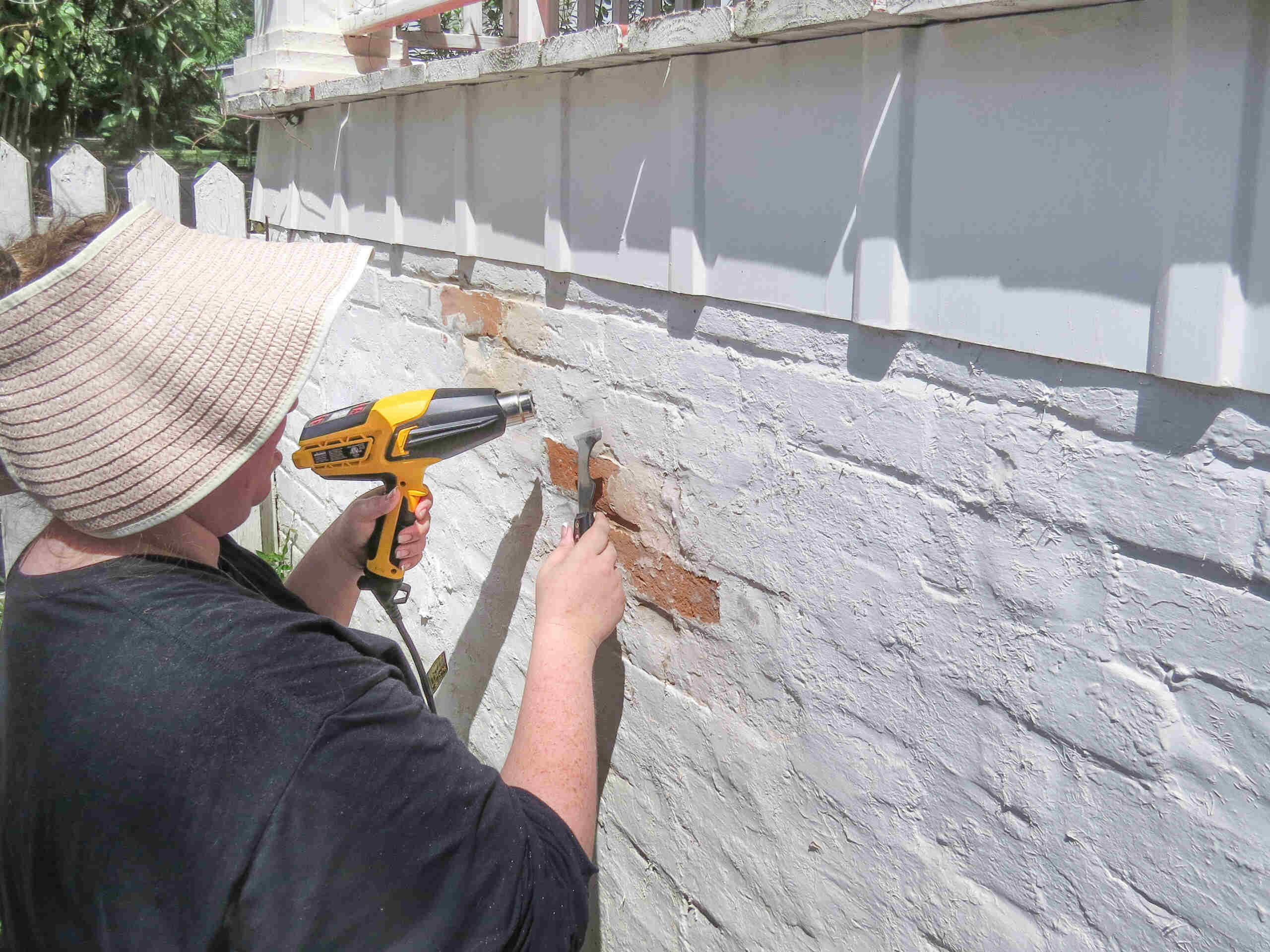
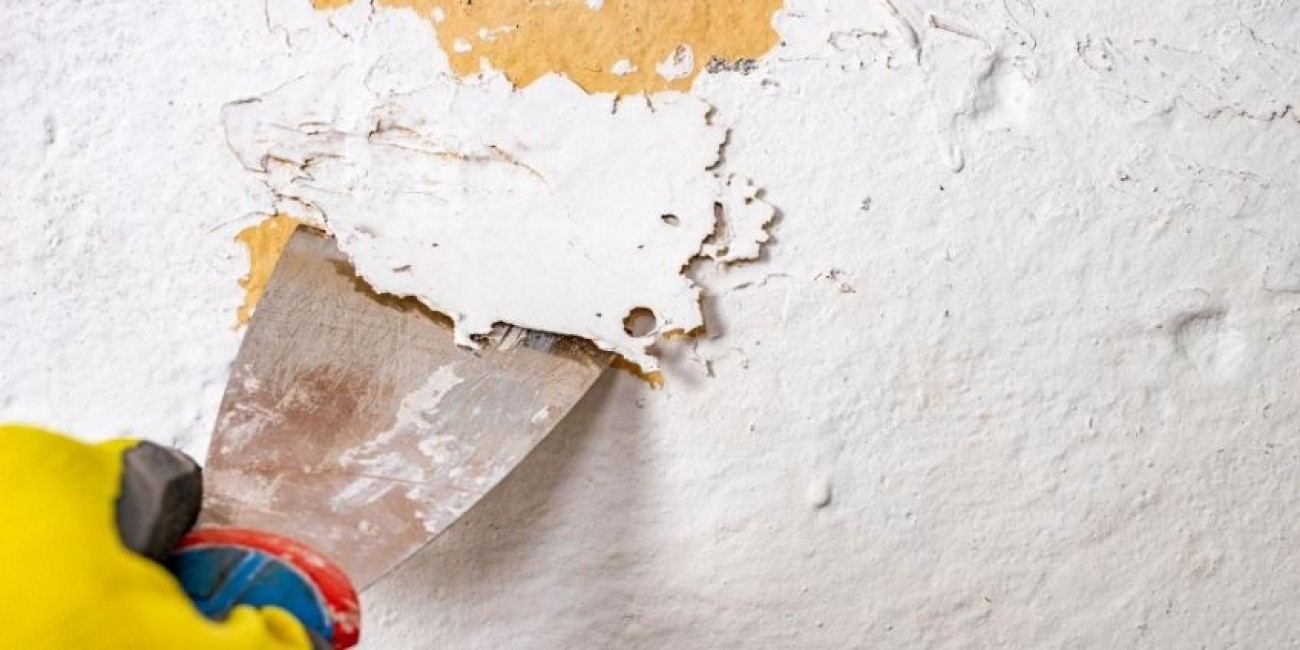
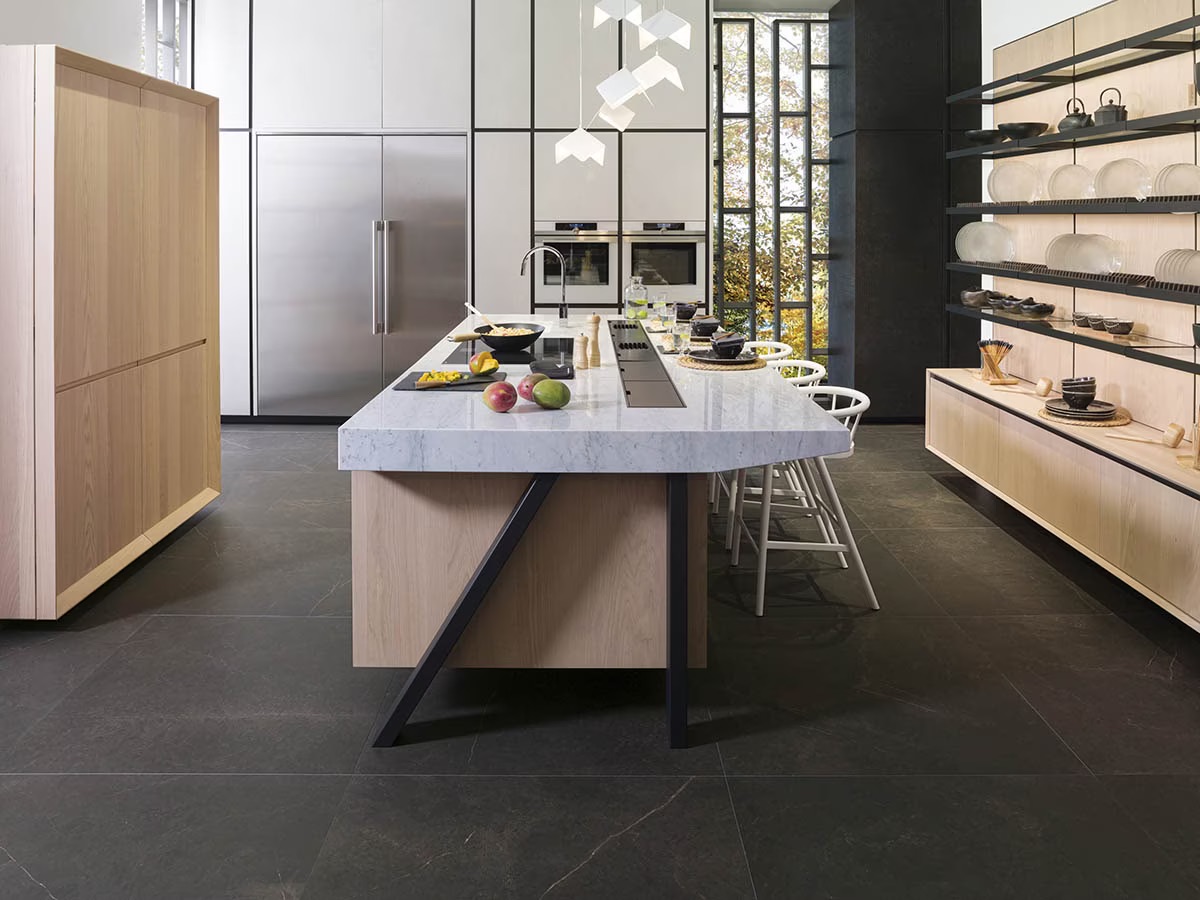
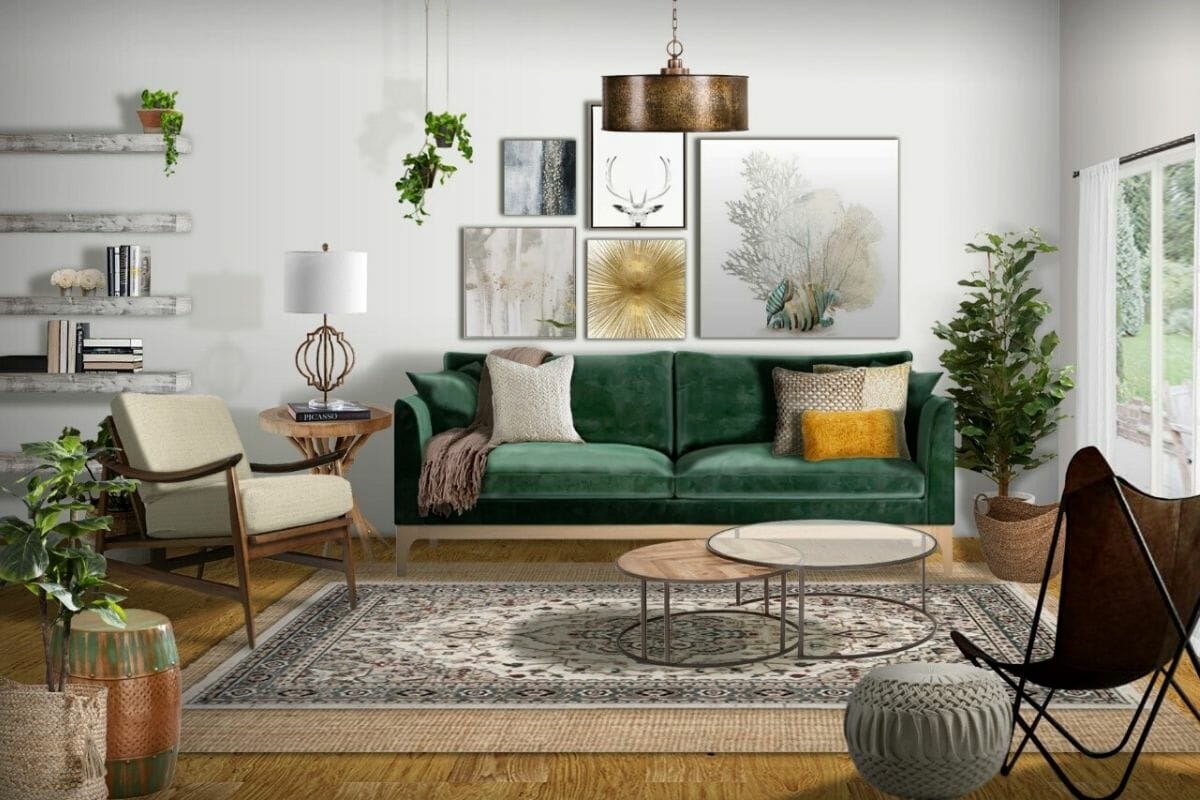
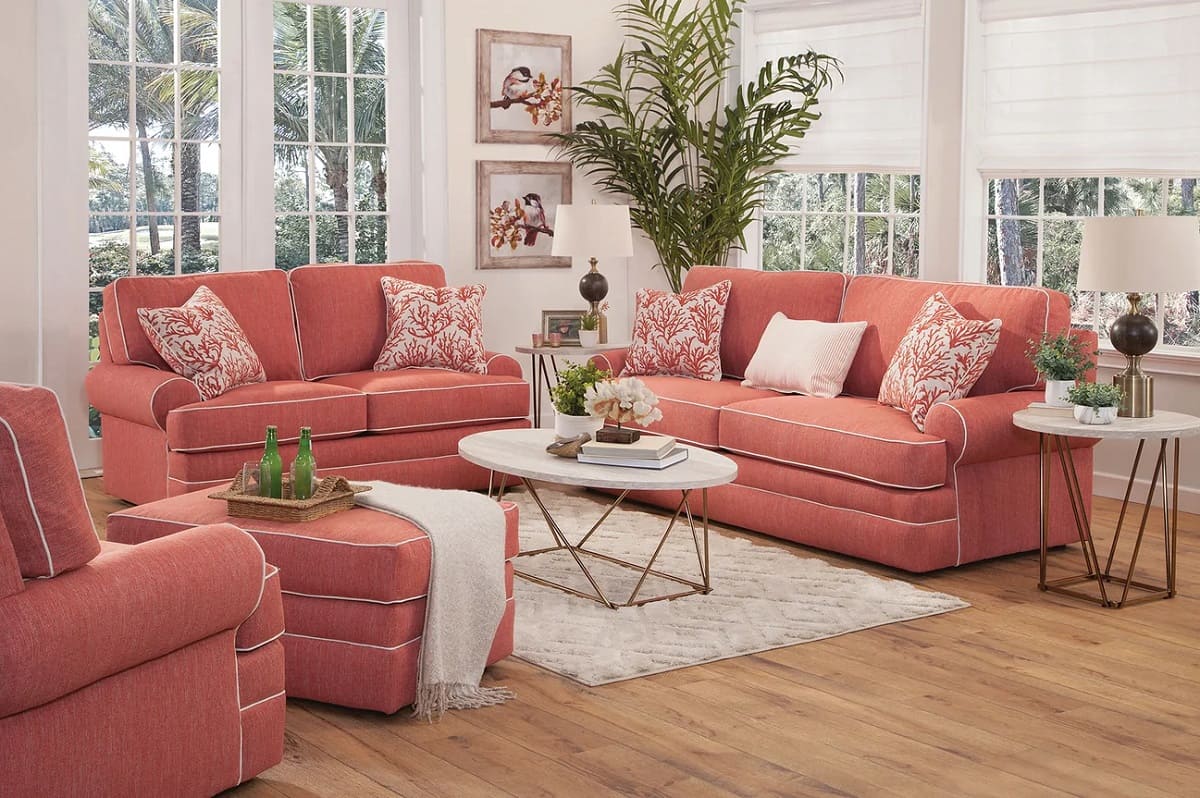
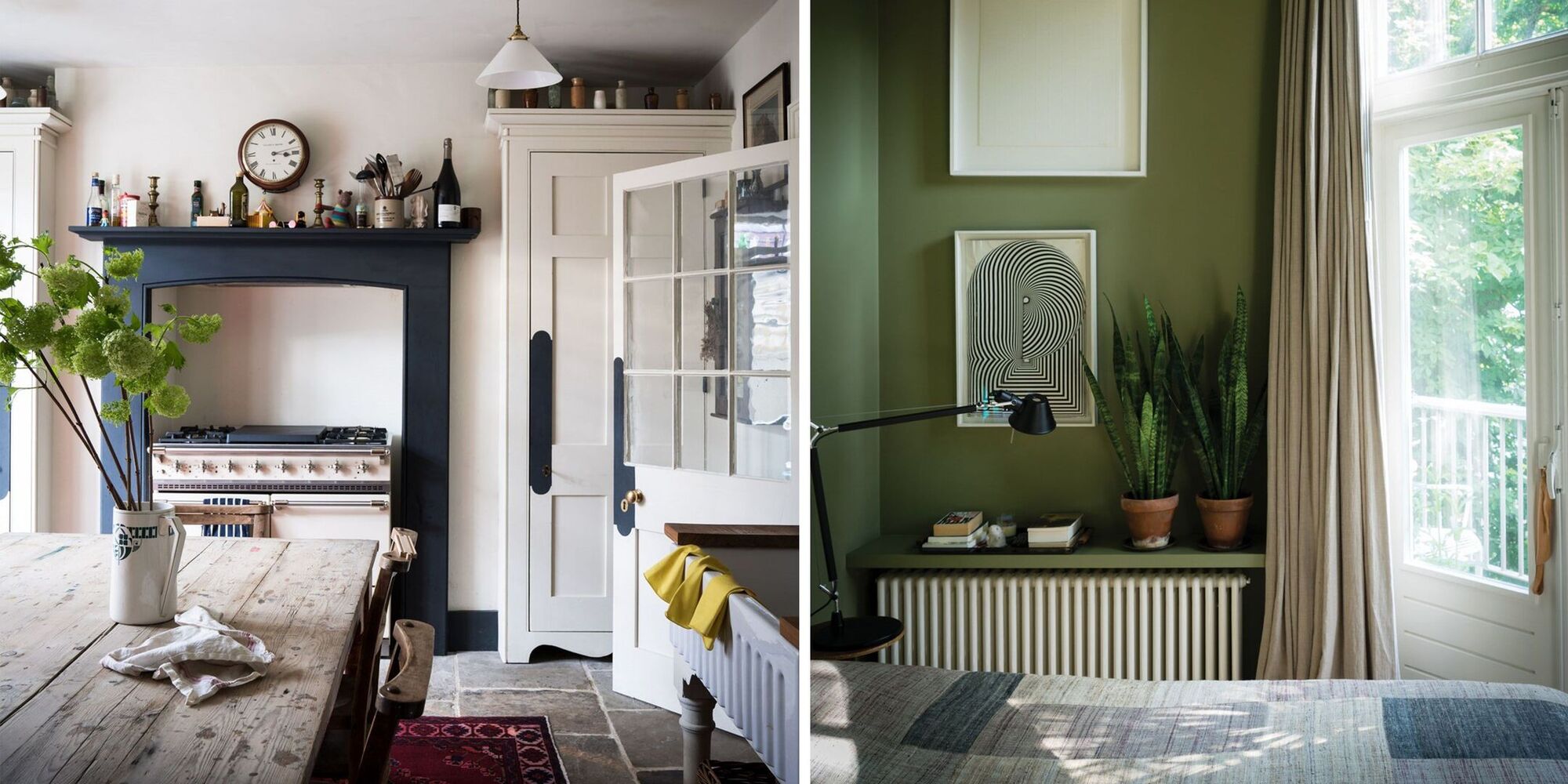
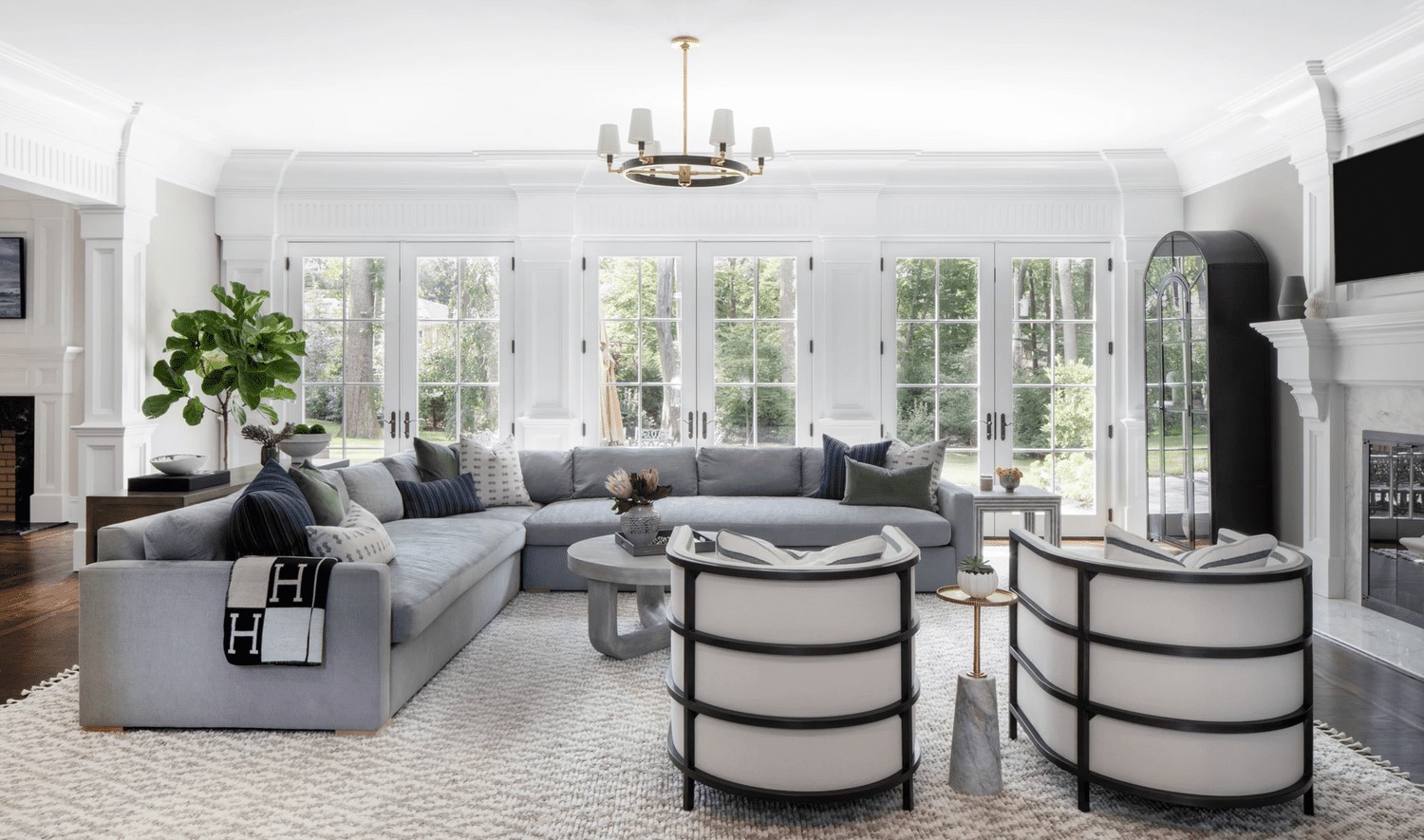
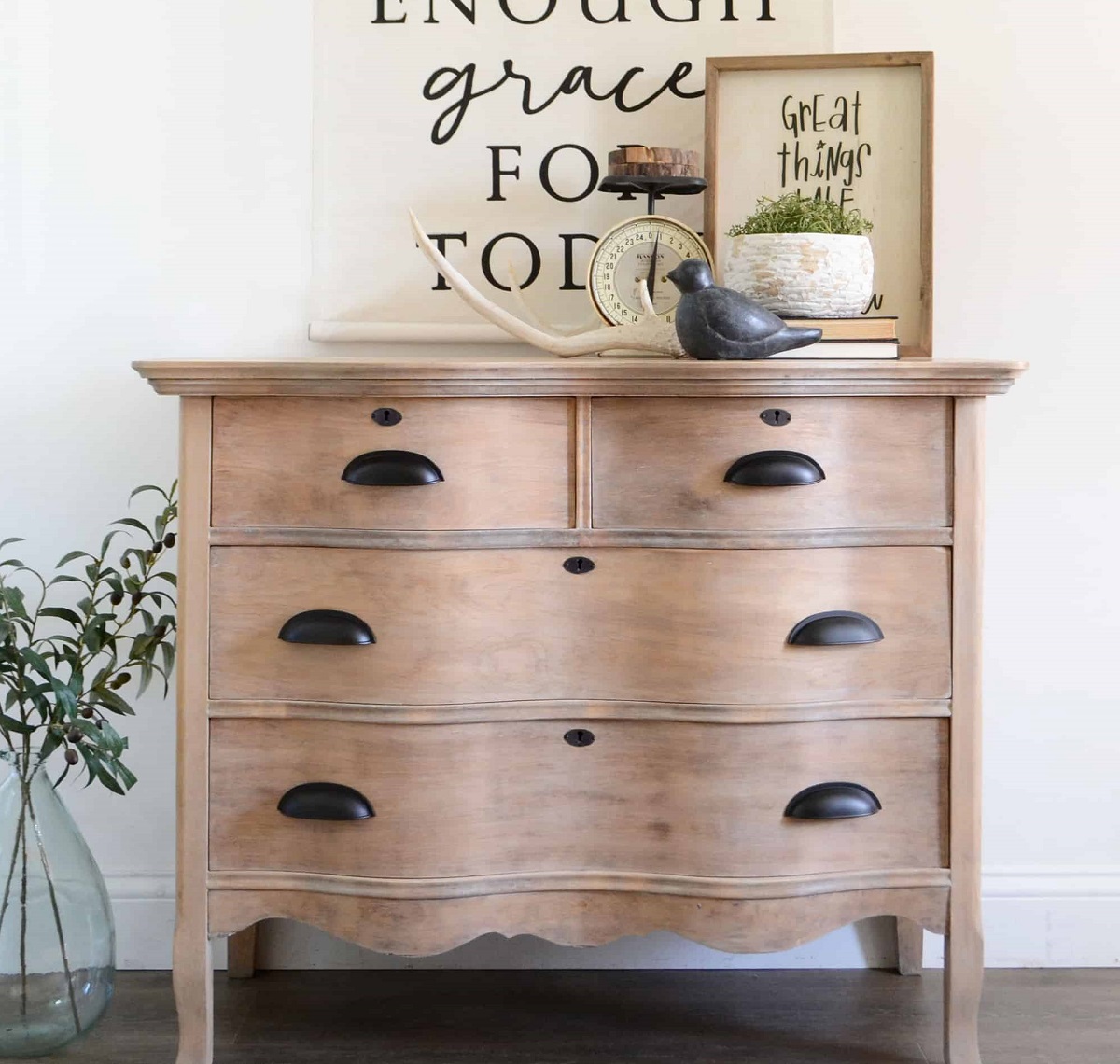
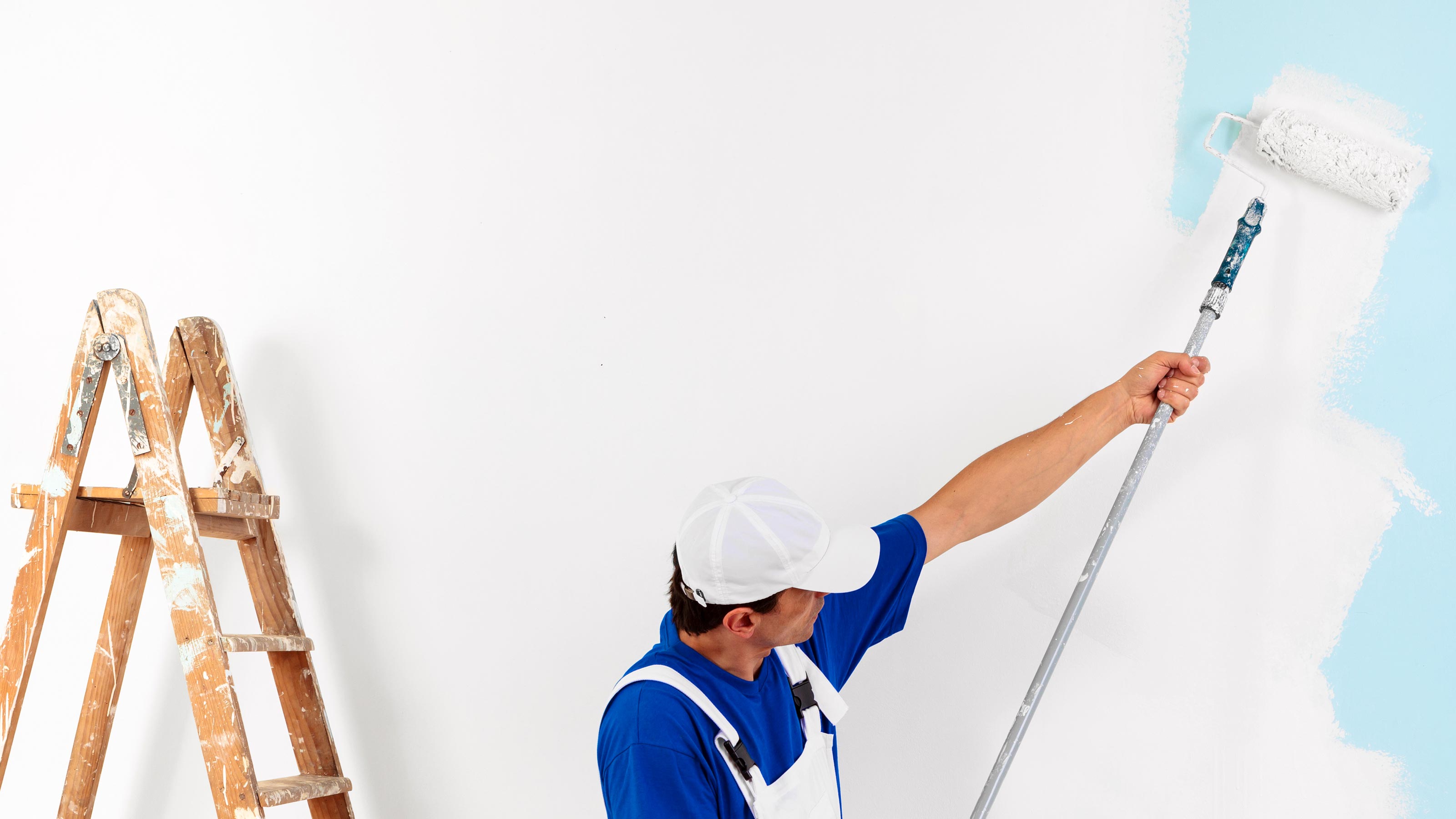
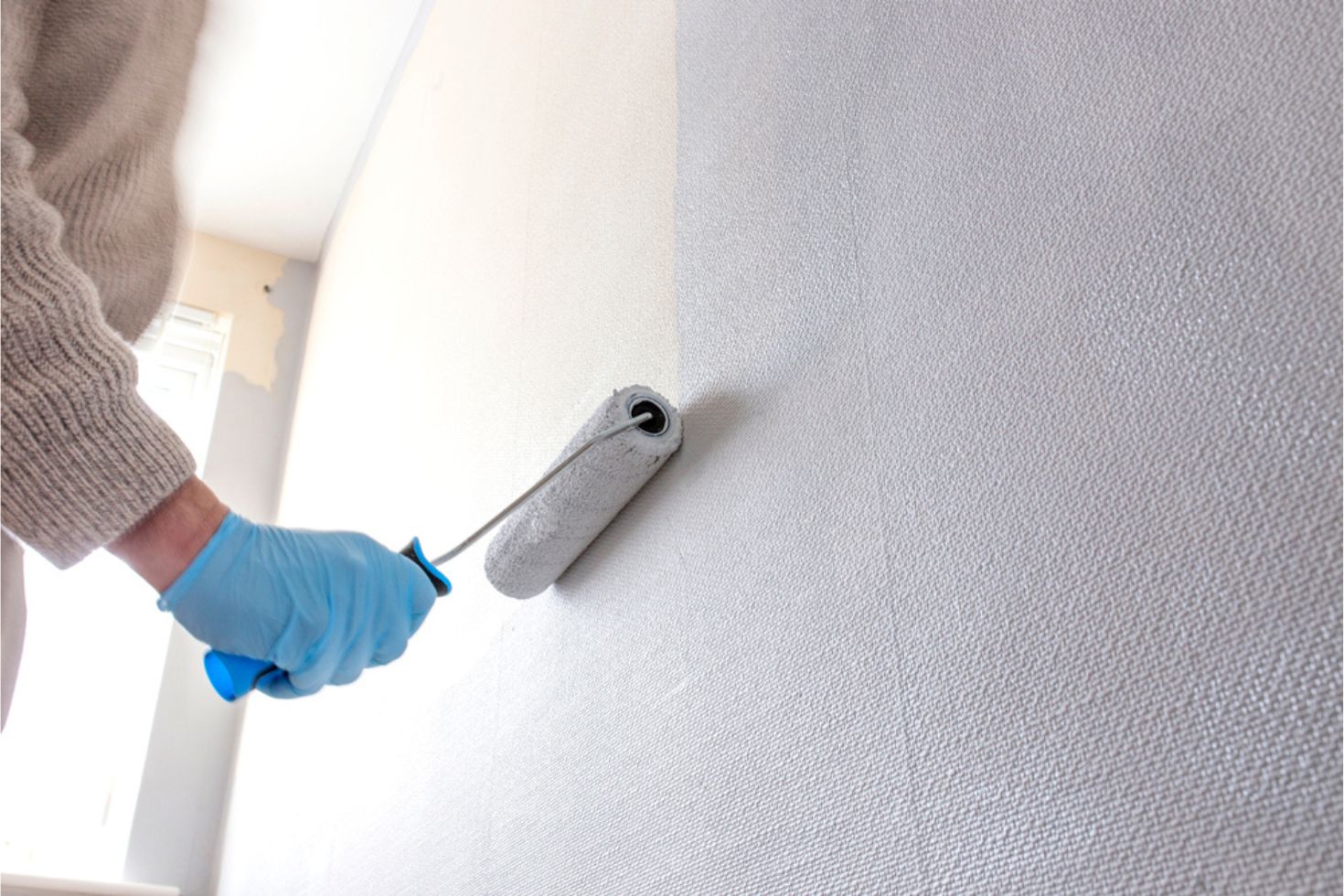
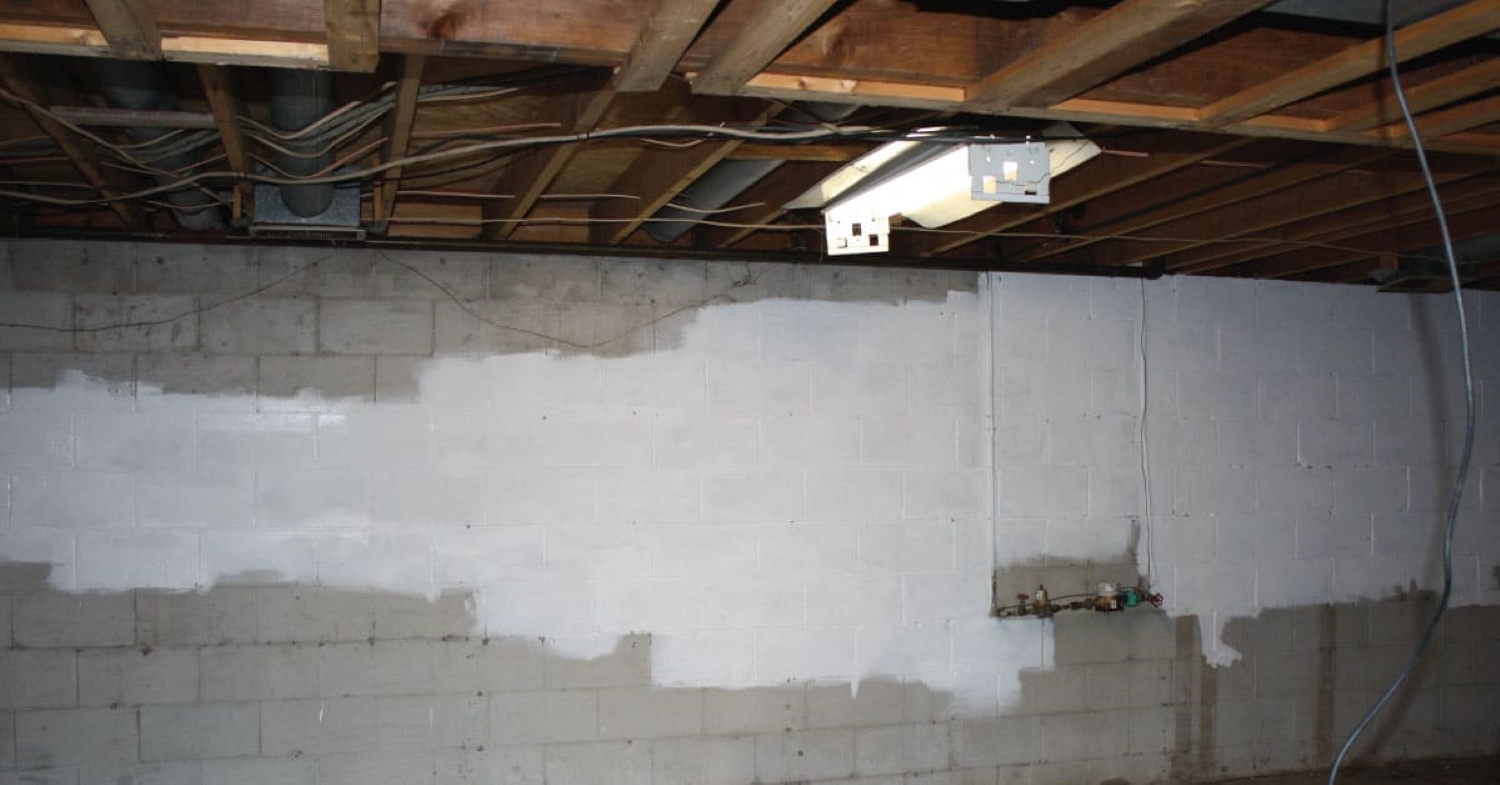
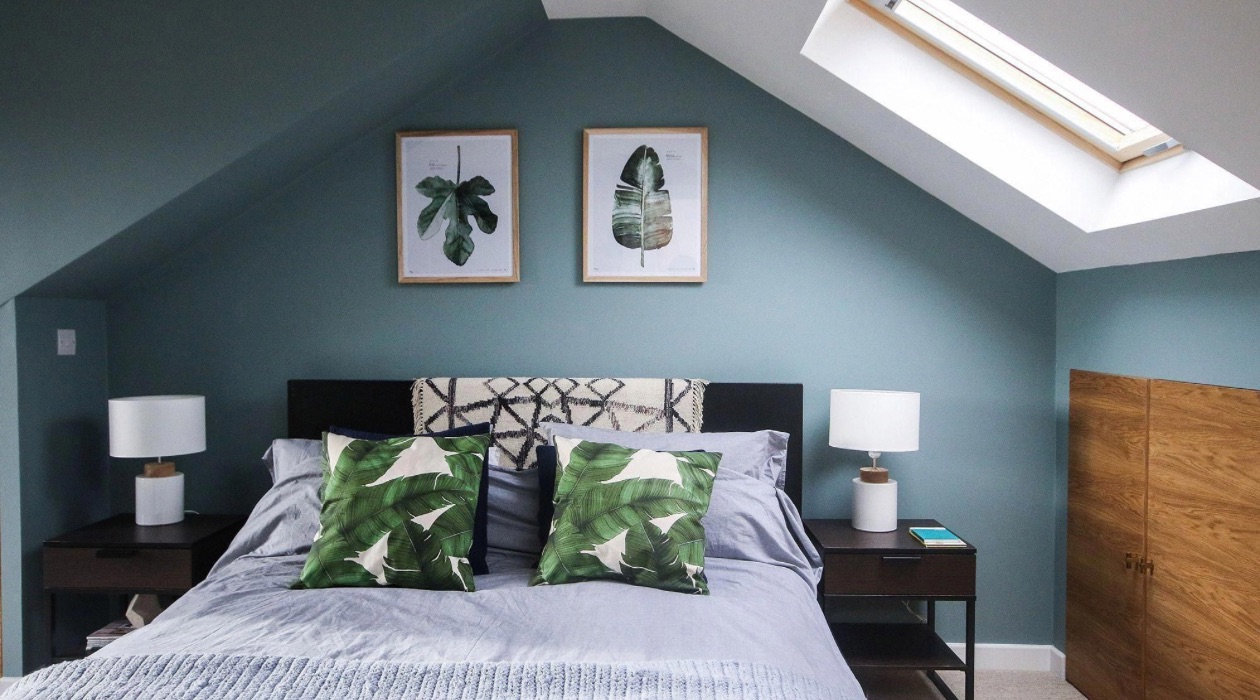
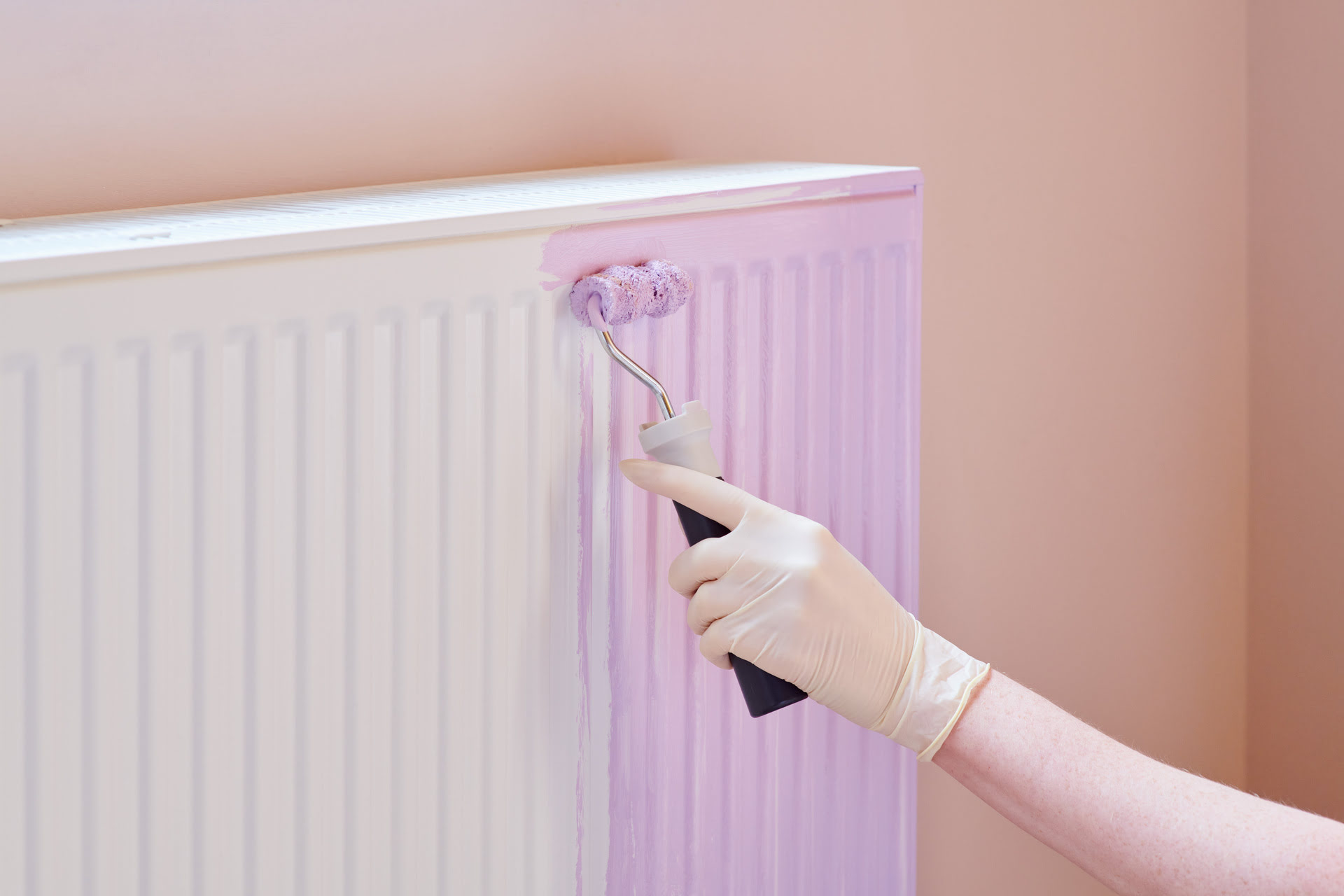

0 thoughts on “How To Match Paint Already On A Wall: Learn The Secrets From The Experts”